Introduction: In the realm of human expression, few endeavours rival the depth and diversity found within the domains of art and craft. From the earliest cave paintings to the most contemporary installations, and from intricate wood carvings to delicate porcelain sculptures, these disciplines have not only captured the essence of human experiences but also served as a testament to our creative potential. In this exploration, we delve into the rich tapestry of art and craft, tracing their origins, examining their significance, and celebrating their enduring legacy in shaping cultures and societies worldwide.
Origins and Evolution: Art and craft are as old as human civilization itself, rooted in our innate desire to communicate, interpret, and embellish our world. The earliest evidence of artistic expression dates back tens of thousands of years, with prehistoric cave paintings found across continents bearing witness to our ancestors’ creative impulses. These primitive renderings of animals, hunters, and mystical symbols not only provided insights into early human life but also laid the foundation for the visual languages that would evolve over millennia.
As civilizations flourished and societies became more complex, the practice of art and craft diversified and specialized. Ancient cultures such as the Egyptians, Greeks, and Romans elevated craftsmanship to new heights, producing awe-inspiring sculptures, intricate jewellery, and exquisite pottery that reflected their beliefs, values, and aesthetics. In the Far East, traditions of calligraphy, ceramics, and silk weaving flourished, each embodying the cultural heritage and spiritual wisdom of their respective societies.
The Middle Ages witnessed the rise of artisan guilds and workshops, where skilled craftsmen honed their techniques and passed down their knowledge from generation to generation. From the master builders of Gothic cathedrals to the illuminated manuscripts of medieval scribes, craftsmanship became synonymous with dedication, precision, and reverence for tradition. It was during this period that the distinction between art and craft began to emerge, with the former often associated with intellectual pursuits and the latter with manual labour.
The Renaissance marked a pivotal moment in the history of art and craft, as humanism and innovation spurred a renewed interest in classical aesthetics and scientific inquiry. Visionaries such as Leonardo da Vinci, Michelangelo, and Raphael transcended the boundaries between art and craft, blending technical mastery with creative genius to produce timeless masterpieces that continue to inspire awe and admiration to this day. The era also saw the emergence of art academies and patronage systems, providing artists and craftsmen with the resources and support needed to pursue their passions.
Modern Times and Contemporary Perspectives: The advent of industrialization and globalization in the 19th and 20th centuries brought about profound changes in the practice and perception of art and craft. Mass production and mechanization revolutionized manufacturing processes, making goods more accessible and affordable to a wider audience. While this democratization of art and craft democratized access to creative expression, it also raised questions about authenticity, originality, and the role of the artist in an increasingly commodified world.
In response to the dehumanizing effects of industrialization, movements such as Arts and Crafts, Art Nouveau, and Art Deco emerged, championing the ideals of craftsmanship, individuality, and beauty in the face of mass production. Artisans and designers such as William Morris, Louis Comfort Tiffany, and Frank Lloyd Wright sought to reclaim the integrity of handcrafted objects and revive traditional techniques in the midst of rapid social and technological change. Their efforts laid the groundwork for the studio craft movement of the 20th century, which celebrated the unique vision and personal touch of the artist-craftsman.
In recent decades, art and craft have continued to evolve in response to shifting cultural landscapes and technological advancements. The rise of digital media and the internet has democratized the creation and distribution of art, allowing artists and craftsmen to reach global audiences and collaborate across borders like never before. At the same time, concerns about sustainability, ethical consumption, and cultural heritage have prompted a resurgence of interest in traditional crafts and artisanal practices, as people seek deeper connections to the objects they use and the stories they tell.
Art and Craft in Contemporary Society: In today’s fast-paced, consumer-driven society, art and craft serve as a counterbalance to the homogenizing forces of mass production and digital culture. Whether through traditional mediums such as painting, sculpture, and ceramics or innovative approaches like digital art, installation, and performance, artists and craftsmen continue to challenge conventions, provoke thought, and evoke emotion in their audiences.
One of the defining characteristics of contemporary art and craft is its diversity and inclusivity, reflecting the rich tapestry of human experiences and identities in an increasingly interconnected world. Artists and craftsmen draw inspiration from a myriad of sources, including personal narratives, social issues, cultural heritage, and environmental concerns, using their work as a means of self-expression, activism, and dialogue.
Collaboration and interdisciplinary exchange have also become increasingly prevalent in contemporary art and craft, as practitioners seek to break down barriers between disciplines and explore new possibilities for creative expression. From cross-disciplinary projects that combine sculpture with sound art to collaborative installations that blur the lines between performance and visual art, these innovative approaches challenge traditional notions of authorship, medium, and audience participation.
Furthermore, the democratization of art and craft through online platforms and social media has empowered artists and craftsmen to bypass traditional gatekeepers and forge direct connections with their audiences. Platforms such as Instagram, Etsy, and Patrion have enabled creators to showcase their work, sell their products, and engage with fans on a global scale, transforming the way art and craft are produced, consumed, and shared in the digital age.
Conclusion: In conclusion, art and craft are not merely decorative or utilitarian pursuits but fundamental expressions of human creativity, ingenuity, and imagination. From their humble origins in ancient civilizations to their contemporary manifestations in the digital age, these disciplines have served as a mirror to society, reflecting its values, aspirations, and contradictions. As we navigate the complexities of the 21st century, art and craft remain essential vehicles for self-expression, cultural exchange, and collective transformation, reminding us of our shared humanity and the enduring power of creativity to shape the world around us.


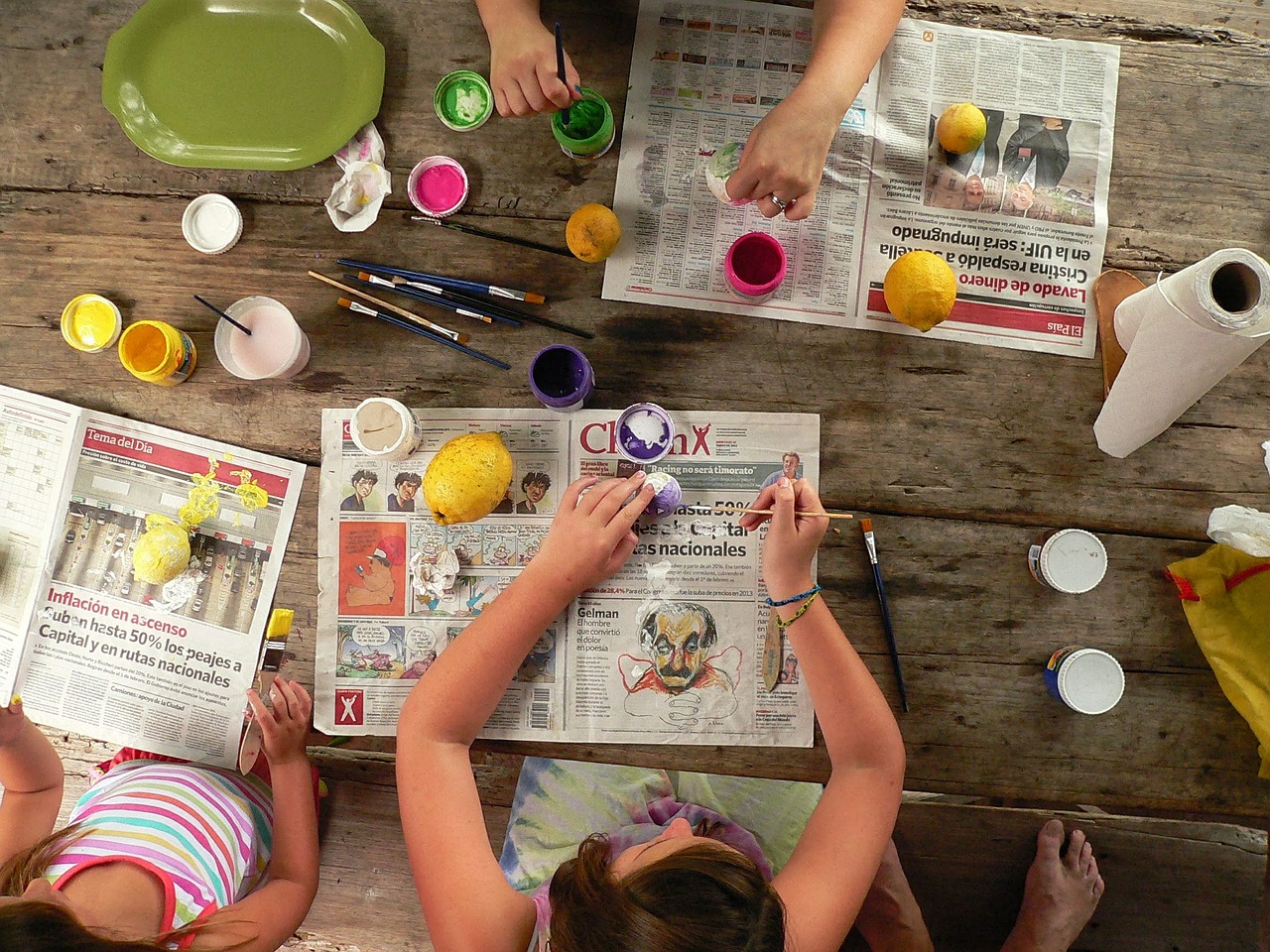
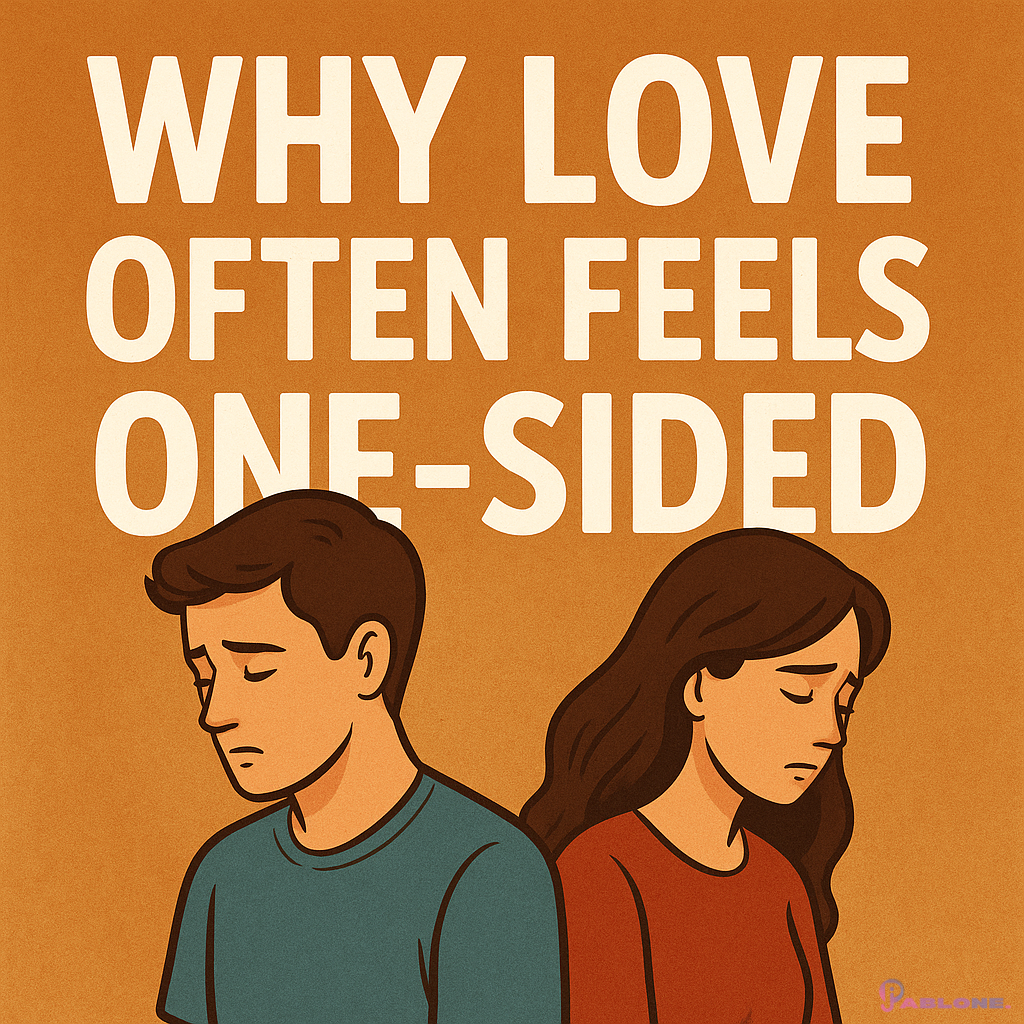
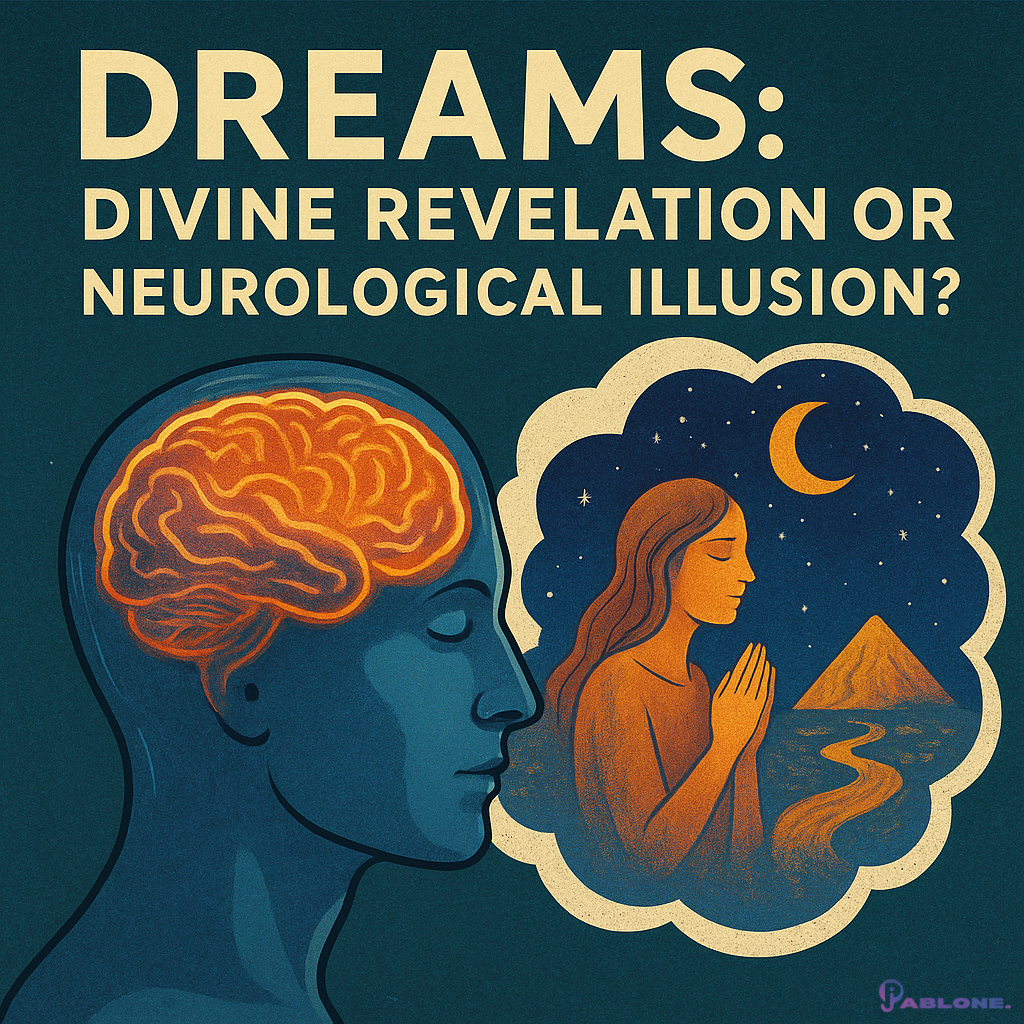
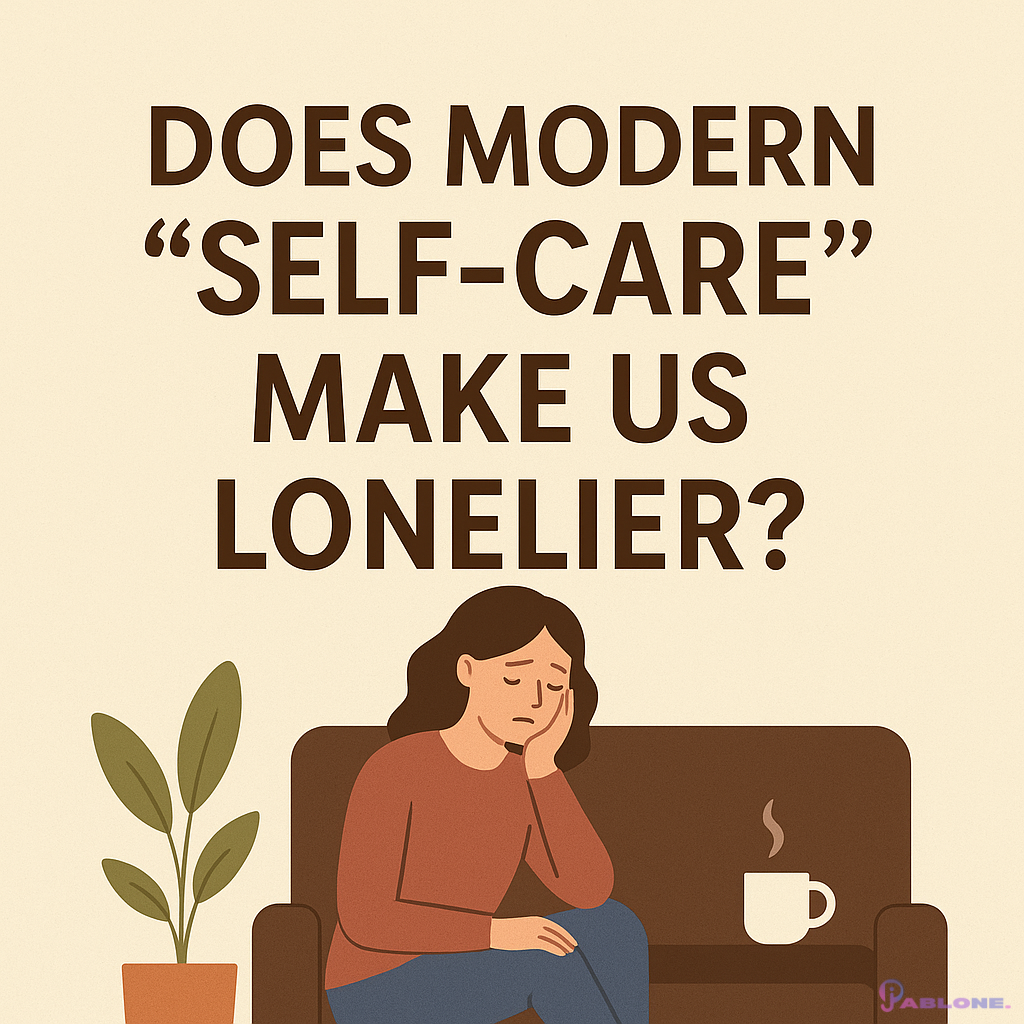
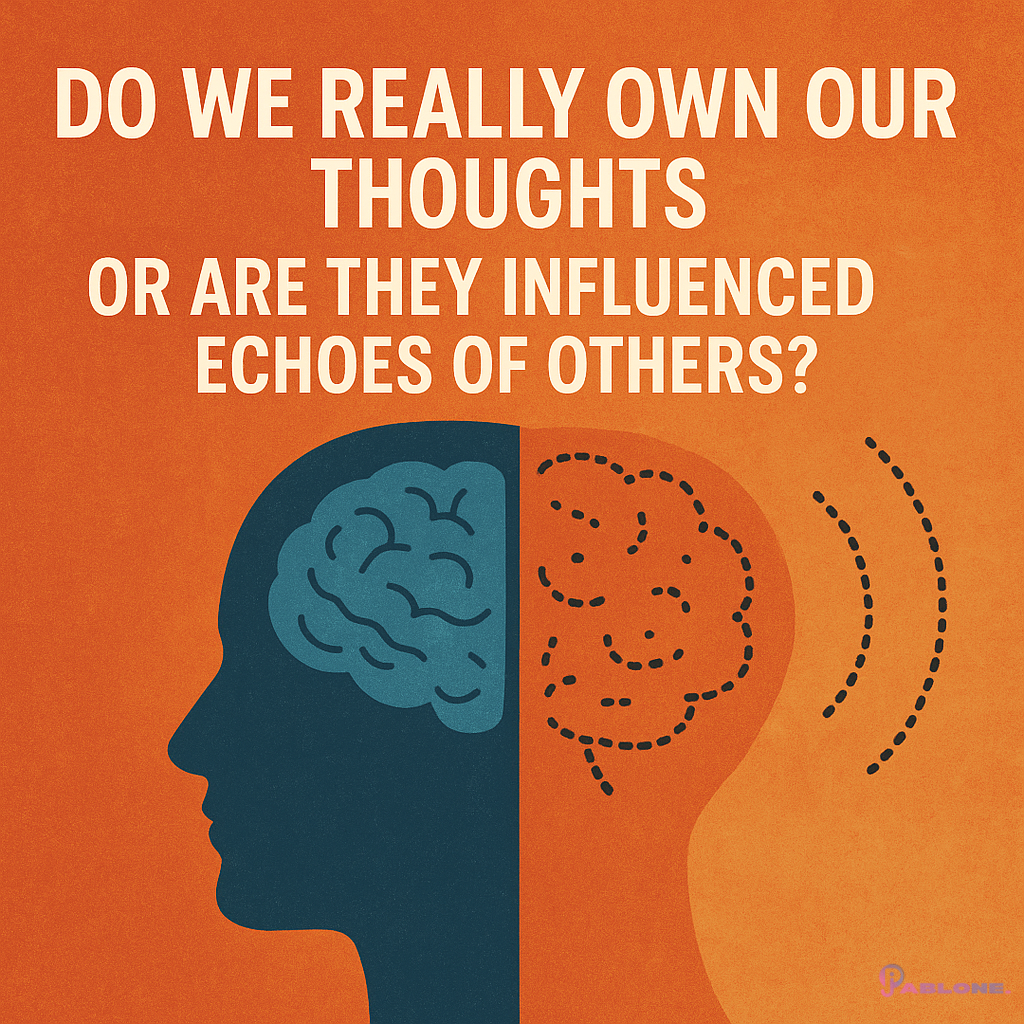

Leave a Reply